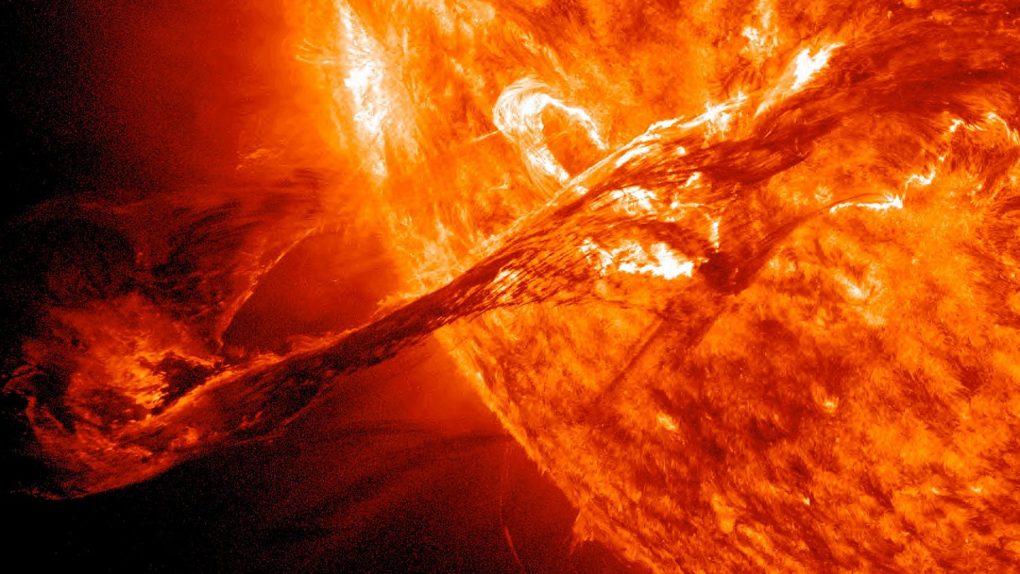Everything you see around you — from the birds flying above to the grass below your feet and even the digital display you’re reading this on — is made up of particles that were once floating listlessly in outer space. Over billions of years, a lot of that material formed stars, planets, and eventually life itself, but not all of it. An international team of researchers just published a new study that reveals the discovery of some of that “stardust” right here at home.
The work, which was conducted at the Lawrence Berkeley National Laboratory, used samples collected from the upper atmosphere of Earth. In those samples, the researchers found dust particles that are so old they predate the formation of our Solar System itself.
The material wasn’t always floating around Earth, but was instead transported to our atmosphere by comets. The scientists examined the particles using a scanning electron microscope which revealed clues as to how they formed.
“The presence of specific types of organic carbon in both the inner and outer regions of the particles suggests the formation process occurred entirely at low temperatures,” Jim Ciston of the Molecular Foundary, and co-author of the study published in Proceedings of the National Academy of Sciences, explains. “Therefore, these interplanetary dust particles survived from the time before formation of the planetary bodies in the solar system, and provide insight into the chemistry of those ancient building blocks.”
Discoveries such as this help to shed light on how the Solar System was born, and the processes that took place as the various planets formed and changed. By studying the very basic materials that make up the bodies in our planetary system, scientists can paint a more accurate picture of the 4.6 billion years that have passed since the formation of the Sun and the planets that followed.








